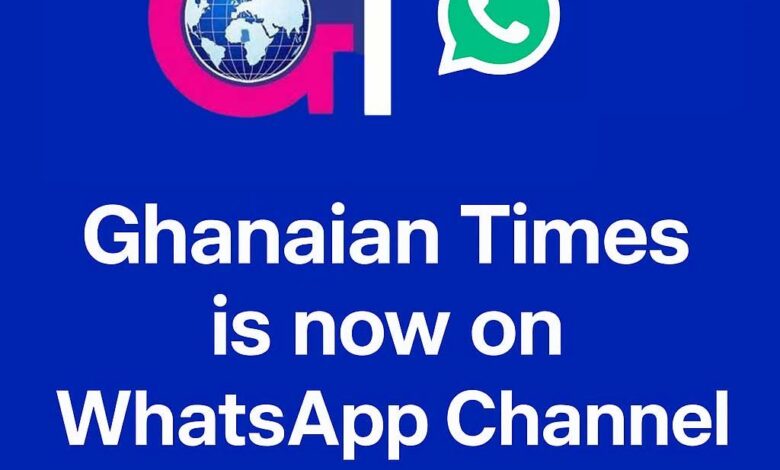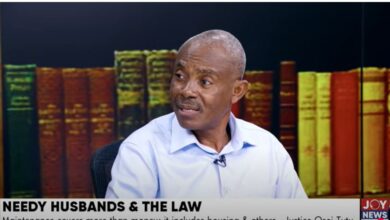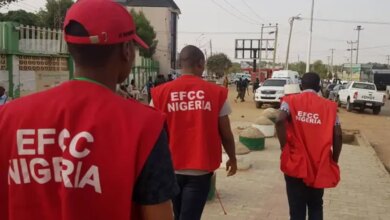To defeat galamsey, we must learn from ‘cocoa rehabilitation’ (I)

In 1936, the Gold Coast colonial administration observed that a hitherto unknown plant disease (as far as the Gold Coast was concerned) had become a serious threat to the cocoa industry of the country. Scientists identified the disease as the “Swollen Shoot” disease.
Aware that if it was left to continue infecting cocoa trees, the disease would kill off the cocoa industry, the colonial administration (which relied on cocoa for earning foreign currencies) deployed all the resources necessary to fight the disease. Within two years, that is, by 1938, the administration had established an institute at New Tafo, in the Eastern Region, to devote itself to a scientific study of disease and find a cure for it. Later, other cocoa-growing countries in British West Africa were co-opted to join the institute, which became the “West African Cocoa Research Institute” (WACRI).
WACRI firmly concluded that the only effective treatment for “swollen shoot” was to cut down diseased cocoa trees, as a parasite called “the mealy bug”, had been carrying the virus that killed the trees, from diseased trees to healthy ones, thereby destroying whole farms.
But the cocoa farms belonged to individual farmers. How were they to agree to the cutting down of diseased trees on their farms? Was it “another trick” by the colonial Government to rob the farmers of potential earnings? To deny independence to Ghana because without cocoa money, the country could not thrive as an independent entity? Didn’t the Government change the cocoa purchase price from year to year, making it impossible for farmers to plan realistically to maintain and expand their farms? No, no! It was a new British stratagem to harm the people of the Good Coast!
*Indeed, so suspicious did the farmers become of the intentions of the colonial Government that when the Government sent agricultural teams into farms to cut down identified, diseased cocoa trees, thereby to prevent the spreading of the disease from farm to farm, the teams were attacked and sometimes killed. The colonial administration utilised all its propaganda resources to “educate” the farmers into realising that only “cutting-out” would save their farms. But the farmers could not see the logic in cutting cocoa trees down in order to “save” cocoa trees! A cocoa tree that had been cut down could not produce beans to be sold for cash, could it? Where then lay the element of “saving” the cocoa crop?
But the British hadn’t spent so many years ruling Africans without learning a thing or two about their psychology.
They hit on the idea of paying “compensation” (euphemistically called a “replanting grant”) for every diseased cocoa tree that needed to be cut down. To identify diseased trees and cut them down without harming uninfected trees, a special “Cocoa Rehabilitation” section was created under the structure of Government Departments, equipped with vehicles, special “mattocks” for cutting trees down efficiently. Only trained labourers were used in its Teams were (called “gangs”, each led by a “gang leader”).
Before a team began operations in any district, a locally-recruited “Liaison Officer” (usually a man of good reputation in the district) was sent ahead to contact the chief and his elders, to explain to them, the methodology of carrying out the operation. Next, surveyors were sent, with trained staff (called “Field Assistants” (F.A.s), to identify diseased trees and “mark” them, before mattock-wielding, paid labourers, were sent into identified farms to do the cutting-out of marked, disease trees. In charge of the entire operation was an “Agricultural Survey Officer” (A.S.O.) usually, the A.S.O was a white man, or a senior officer in the Gold Coast civil service. Above the A.S.O. was a District Agricultural Survey Officer (DASO).
There were top-class officials all the way up to the Director of Cocoa Rehabilitation. The unit, although theoretically under the Department of Agriculture, was largely independent, well-funded and had its own fleet of vehicles (brightly labelled “CR”) and its own vehicle maintenance yards. Needless say, Cocoa Rehabilitation was a great success, and by 1965, not only had swollen shoot been almost totally eradicate but also, newly-independent Ghana reaped the largest crop in its (then) history – 670,000 tonnes (if I remember right).
BY CAMERON DUODU
🔗 Follow Ghanaian Times WhatsApp Channel today.
🌍 Trusted News. Real Stories. Anytime, Anywhere.
✅ Join our WhatsApp Channel now! https://whatsapp.com/channel/0029VbAjG7g3gvWajUAEX12Q






